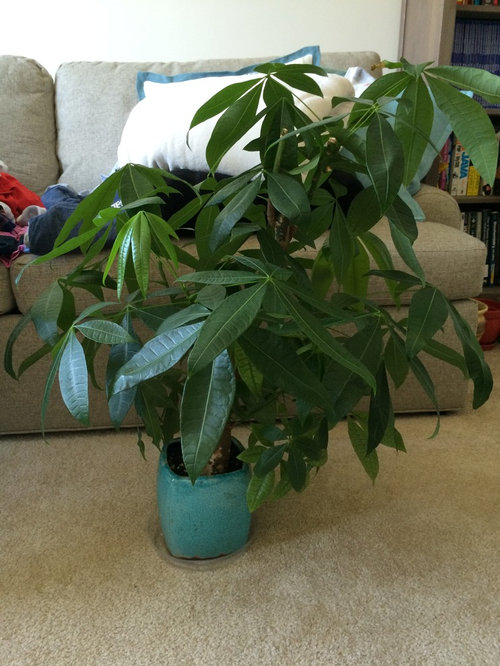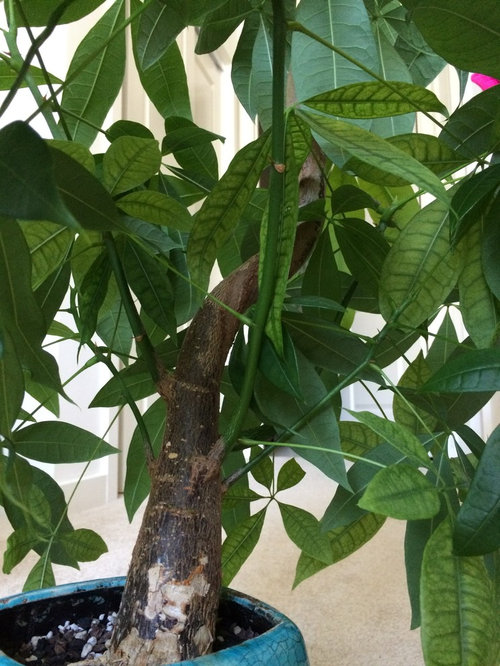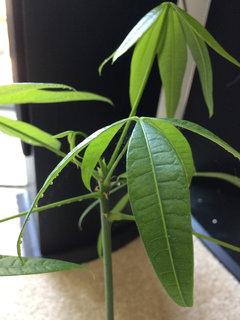few questions on Pachira (money tree) and ficus elastica
volcoff
8 years ago
Featured Answer
Sort by:Oldest
Comments (12)
greenman28 NorCal 7b/8a
8 years agoRelated Professionals
Holly Springs Landscape Architects & Landscape Designers · Middle Island Landscape Architects & Landscape Designers · Wheeling Landscape Architects & Landscape Designers · Allentown Landscape Contractors · Cudahy Landscape Contractors · Damascus Landscape Contractors · Hickory Hills Landscape Contractors · Kailua Landscape Contractors · Lady Lake Landscape Contractors · Laguna Hills Landscape Contractors · Longmont Landscape Contractors · Madera Landscape Contractors · Wallingford Landscape Contractors · Wayland Landscape Contractors · Quartz Hill Landscape ContractorsHorticultural Help
8 years agogreenman28 NorCal 7b/8a
8 years agoHorticultural Help
8 years agogreenman28 NorCal 7b/8a
8 years agogreenman28 NorCal 7b/8a
8 years agovolcoff
8 years agotapla (mid-Michigan, USDA z5b-6a)
8 years agogreenman28 NorCal 7b/8a
8 years agogreenman28 NorCal 7b/8a
8 years agovolcoff
8 years ago
Related Stories

TREESHow to Use Trees Inside
Bring nature close by integrating the beauty of trunks and trees — even smaller leafy trees — into your home
Full Story
CONTAINER GARDENSContainer Garden Basics: How and When to Water Potted Plants
Confused about soil moisture, the best time to water and what watering device to use? This guide can help
Full Story
GARDENING FOR BUTTERFLIESGarden for Wildlife to Reap Rich Rewards
When you plant with animals and insects in mind, you make gardening easier, the planet healthier and yourself more present
Full Story
HOUSEPLANTS8 Essentials for Healthy Indoor Plants
Houseplants add so much to our homes — and can thrive when grown in the right conditions. Keep these tips in mind
Full Story
HOUSEPLANTS10 Top Plants to Grow Indoors
Brighten a room and clean the air with a houseplant that cascades artfully, stretches toward the ceiling or looks great on a wall
Full Story
DECORATING GUIDESThe Dumbest Decorating Decisions I’ve Ever Made
Caution: Do not try these at home
Full Story
PETSIncredible Home Catwalks Make for Purr-fectly Happy Felines
Walkways and tunnels custom built to the tune of about $35,000 keep a homeowner’s 18 cats on cloud nine
Full Story
GARDENING AND LANDSCAPINGGrow a Lush Privacy Screen
No need to wait forever for patio privacy the green way. These 10 ideas will get your screening up and running in no time
Full Story
DECLUTTERING10 Types of Clutter to Toss Today
Clear the decks and give the heave-ho to these unneeded items
Full Story
MOST POPULARThe Perfect Houseplant for People Who Kill Houseplants
If you can fill a jar with water, you can keep golden pothos vine happy — and it will pay you back with cleaner air and a greener home
Full Story
















Sugi_C (Las Vegas, NV)